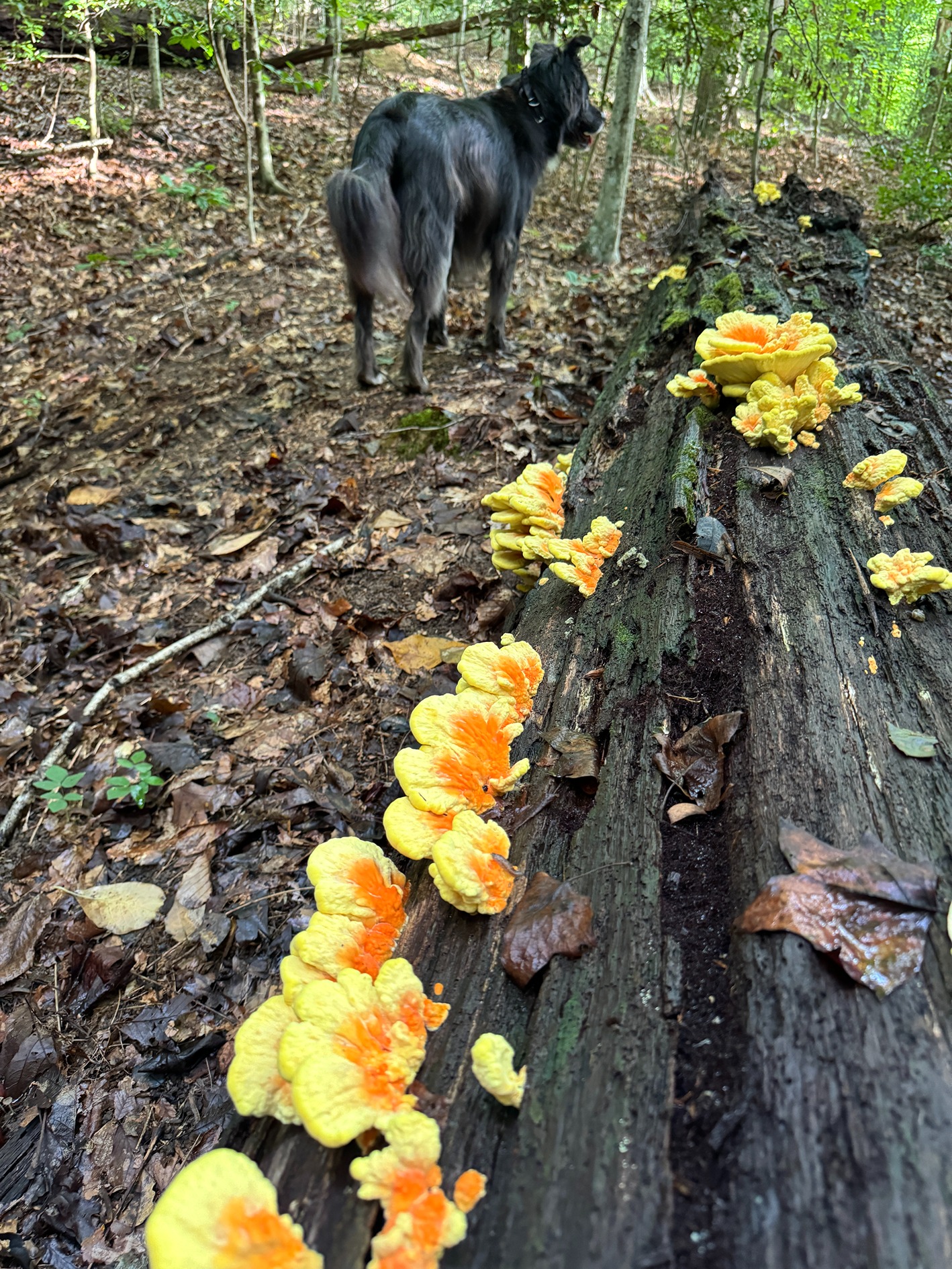
Throughout my career, I’ve focused on the area where a tree meets the ground—the root collar or root flare—to assess its health and climbing safety. This transition zone between trunk and root tissue is susceptible to damage from excess moisture and girdling roots. The following images illustrate the difference between a healthy and a problematic tree root collar.
Exposed Root Flair – The widening or flaring of a tree trunk just above where it enters the ground is called the root flair.

Buried root flair – This is when a tree trunk extends straight into the ground without a visible flare, resembling a telephone pole.

Too Much Mulch – Volcano mulching, also known as excessive mulching, typically happens when too much mulch is applied over time.

Tree planting – Find the Flair before you dig so you know how deep to dig your hole. Digging a hole for tree planting is the most important part of planting a tree.

Girdling Roots – This occurs when a tree’s root encircles the trunk, constricting and inhibiting the tree’s growth.

Unfortunately, many trees in urban and suburban areas have buried root flares due to improper planting, grade changing during construction or mulching practices. A buried root flare can cause several problems for a tree, including:
- Decay: A buried root flare can promote decay in the roots and base of the tree, which can lead to the tree falling.
- Girdling Roots: Roots can grow around the trunk of a tree with a buried root flare, eventually choking the tree.
If you don’t see a root flare where the tree enters the ground, it may be buried. We can help to re-establish a healthy root flare using air excavation and root pruning techniques.


